The aircraft for today is known as Folland Gnat which was a compact-sized and swept-wing subsonic fighter aircraft that was designed and created by the company named Folland Aircraft for the British Royal Air Force. The Folland Gnat was designed with a vision of creating affordable and lightweight fighter aircraft in the competition of the massive maintenance costing and typically large-sized fighter aircraft. The aircraft was initially designed as he trainer aircraft for the RAF as well as many other countries that used this Folland Gnat as both a fighter and a trainer aircraft.
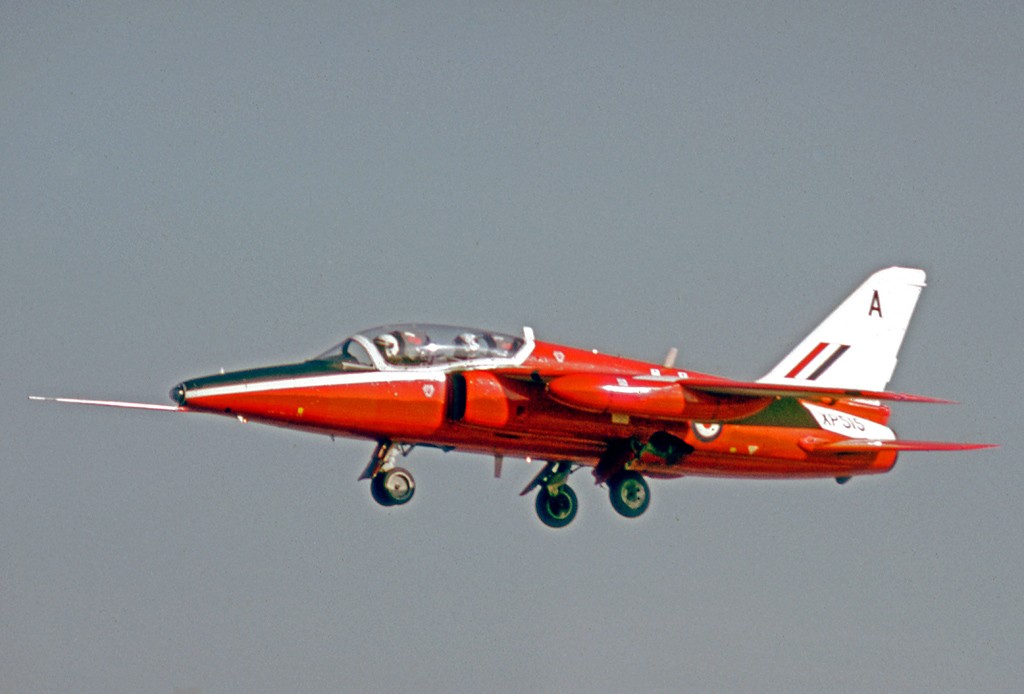
The design of the Folland Gnat was presented by an engineer and designer named W. E. W. Petter which preceded the design of its predecessor Folland Midge. The aircraft as approved by the British Air Ministry after few revisions and was to be created to have construction and maintenance to be carried out without the use of specialized tools. This feature alone made the Folland Gnat be highly sought out product for many countries that had not become highly industrialized at that time.

While the Gnat was never used by the RAF in its fighter roles, its Gnat T.1 trainer model was used for a little bit. The Folland Gnat was used in the UK prominently under the service of the aerobatics team called Red Arrows of the RAF. The aircraft was exported to countries like India, Yugoslavia, and Finland. Indian Air Force developed this aircraft locally under a license which led to the creation of the HAL Ajeet, which was a modified variant of the Folland Gnat. RAF replaced their fleet of Folland Gnat with the Hawker Siddeley Hawk.
Origin & development:-
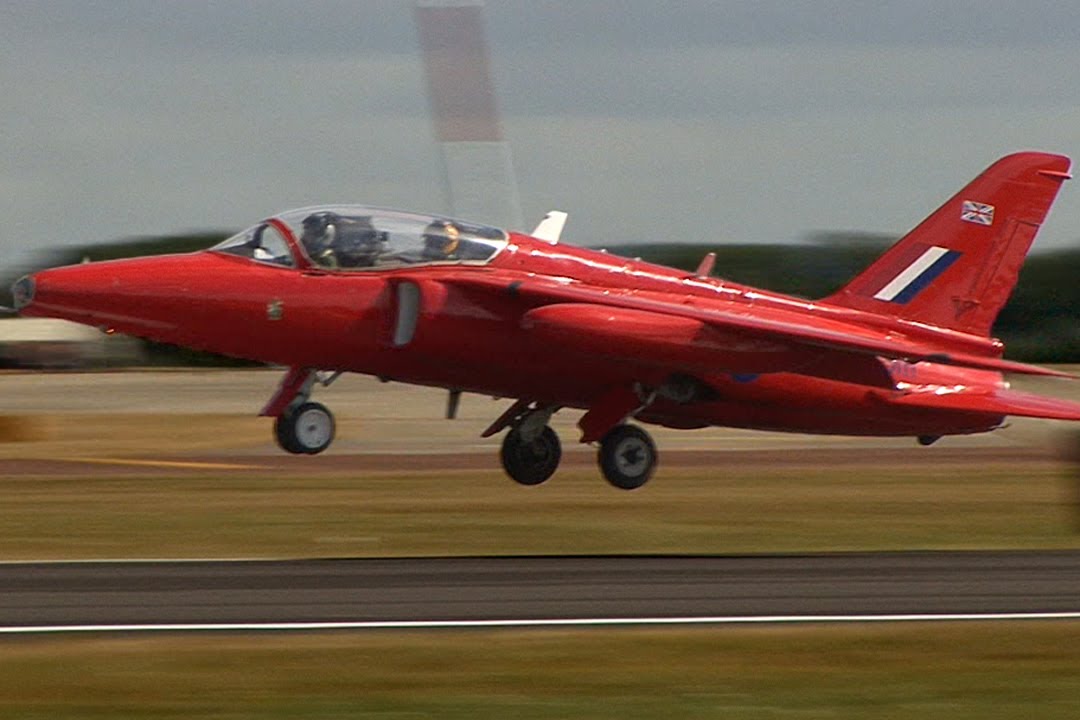
The design for the Folland Gnat originated from the design of the Folland Midge; of which a prototype was created back in 1954 from an engineer named W.E.W Teddy Petter. As for the first prototype of the Folland Gnat, it was created back in 1955. Due to the jet technology taking its hold in the aviation industry, the creation of the small-sized aircraft with improved engine life to offer various capabilities of air forces were possible.
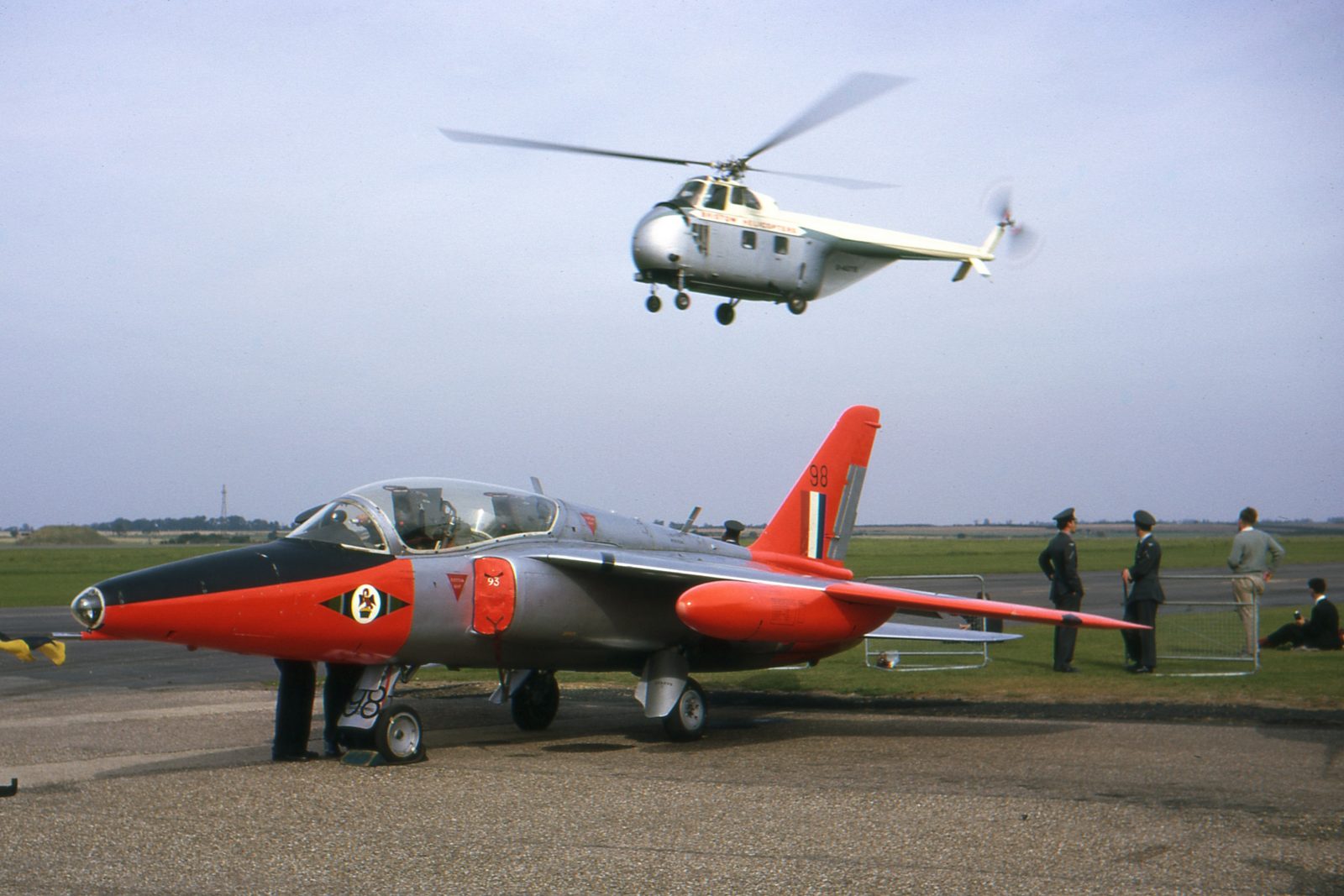
The initial performance of the Folland Gnat allowed for the Ministry of Supply to order 6 more test aircraft. Construction in an all-metal design was one of the RAF’s requirements so that the small countries interested in export of the Folland Gnat could locally produce and maintain their Folland Gnats easily.
Walk Around:-
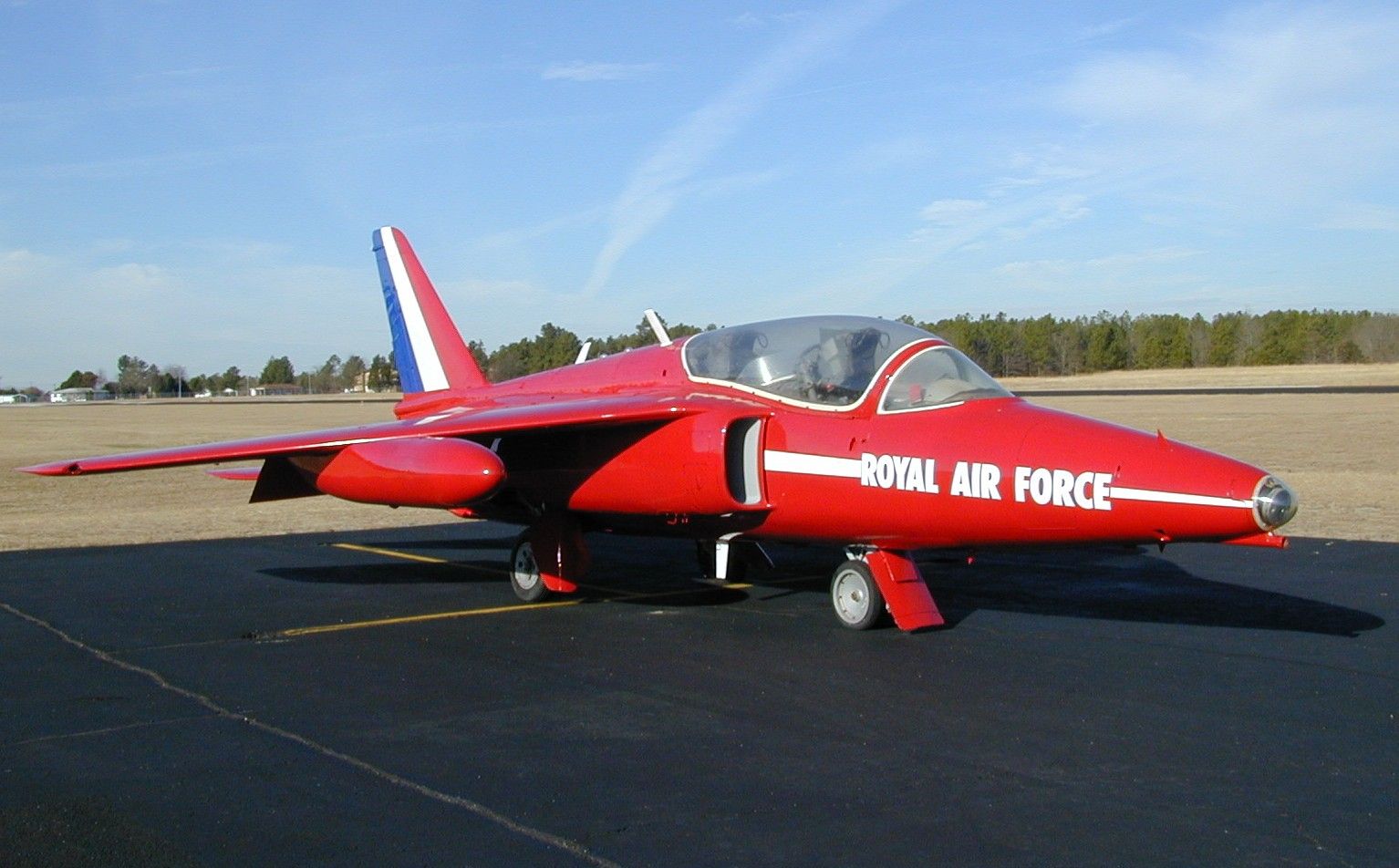
The design of the Folland Gnat featured the all-swept wings with a clean design for the fuselage. The cockpit was placed in the forward section of the fuselage which featured a two-piece canopy made from glass. Trainer models of Folland Gnat had elongated cockpit with two seats in tandem; one for the instructor in the rear and one for training pilot in the front.
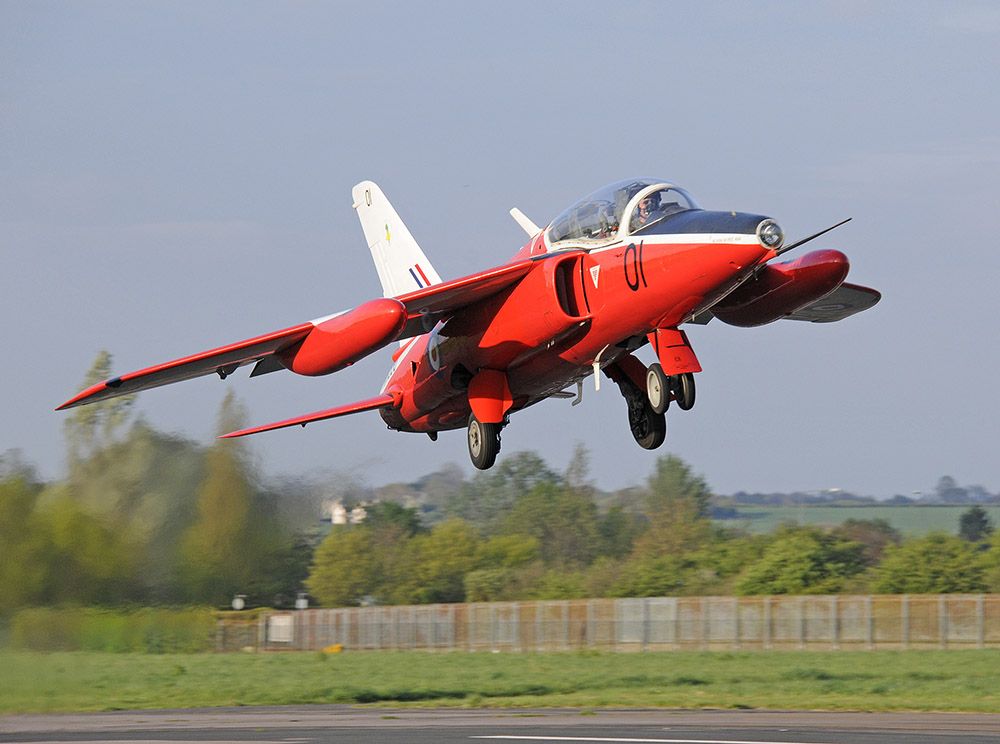
Intakes were made on the sides of the fuselage to feed the aircraft’s single jet powerplant. As for the empennage, it had a single vertical tail fin along with its conventional tailplanes. The undercarriage for Folland Gnat was of the typical style which featured 2 main landing gears in the rear while one nose gear in the front.
Powerplant & Performance:-
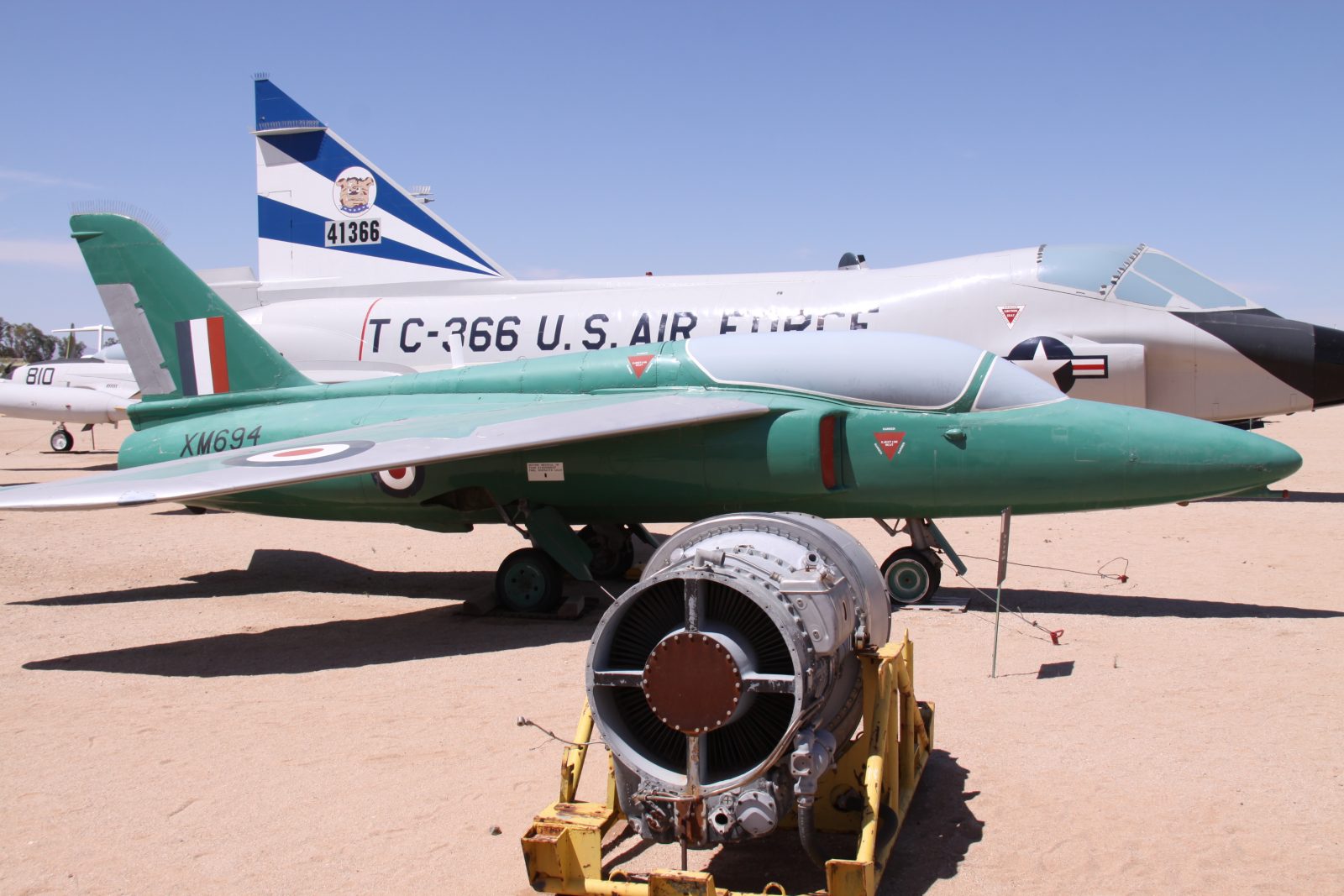
The performance of the Folland Gnat was impressive enough to categorize it as a subsonic aircraft. For its power, the aircraft relied on its single Bristol Orpheus 701 turbojet engine that generated a thrust of 4705 lb/ft. with this much power fed tot eh aircraft, it could achieve a top speed of nearly 715 mph for a ferry rage of 1181 miles while the combat range was 500 miles. The aircraft, with its climbing rate of 20000 ft/min was able to fly at a maximum altitude of 50000 feet.
Armaments:-
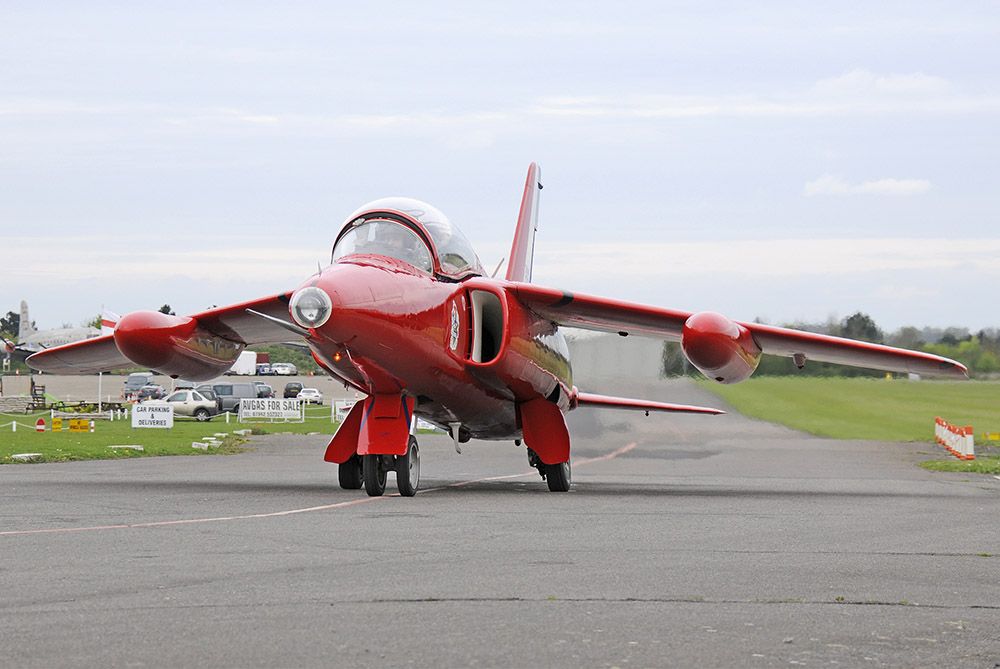
The armament configuration of the Folland Gnat was of modest nature which was comprised of 2 30mm ADEN Cannons. In order to sue the Folland Gnat in the light strike missions, it could be fitted with either 18 unguided rockets or 2 of the drop bombs with each one weighing 500 lbs. they were fitted on its hardpoints under the wings.
Limitations of Folland Gnat:-
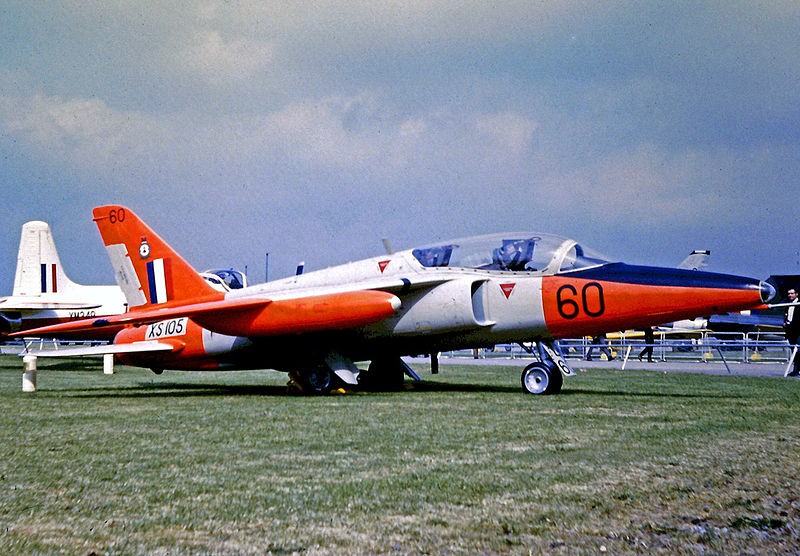
Despite the Folland Gnat costing very little for purchase, the aircraft still cost a lot when it came to maintenance costs. The small size of the aircraft worked against its benefits as the maintenance crew would need to reach in and repair many of its components internally. The aircraft also suffered from cons like having a limited range as well as limited armament equipping that restricted its role of the front line combat aircraft.
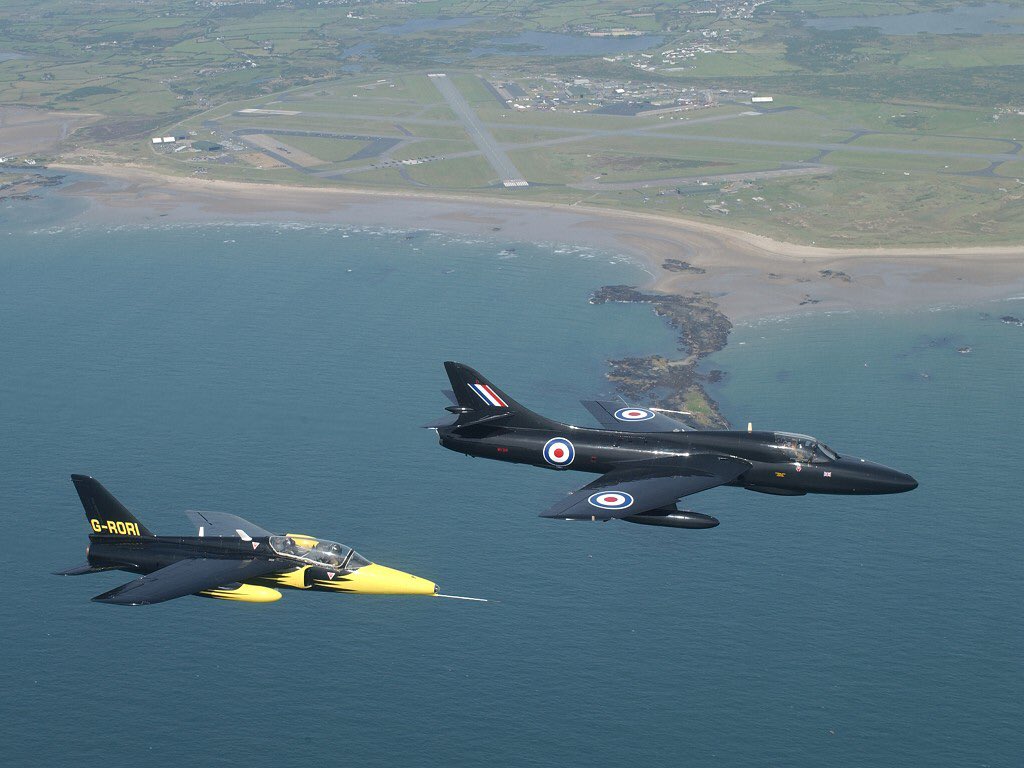
These limitations caused the Folland Gnat to have a limited production line and only a few decades of limited service but still had a memorable history. The aircraft performed marvelously as well as extensively for the Indian Air Force; one of its largest exporters.
Combat Action during Indo-Pak War:-
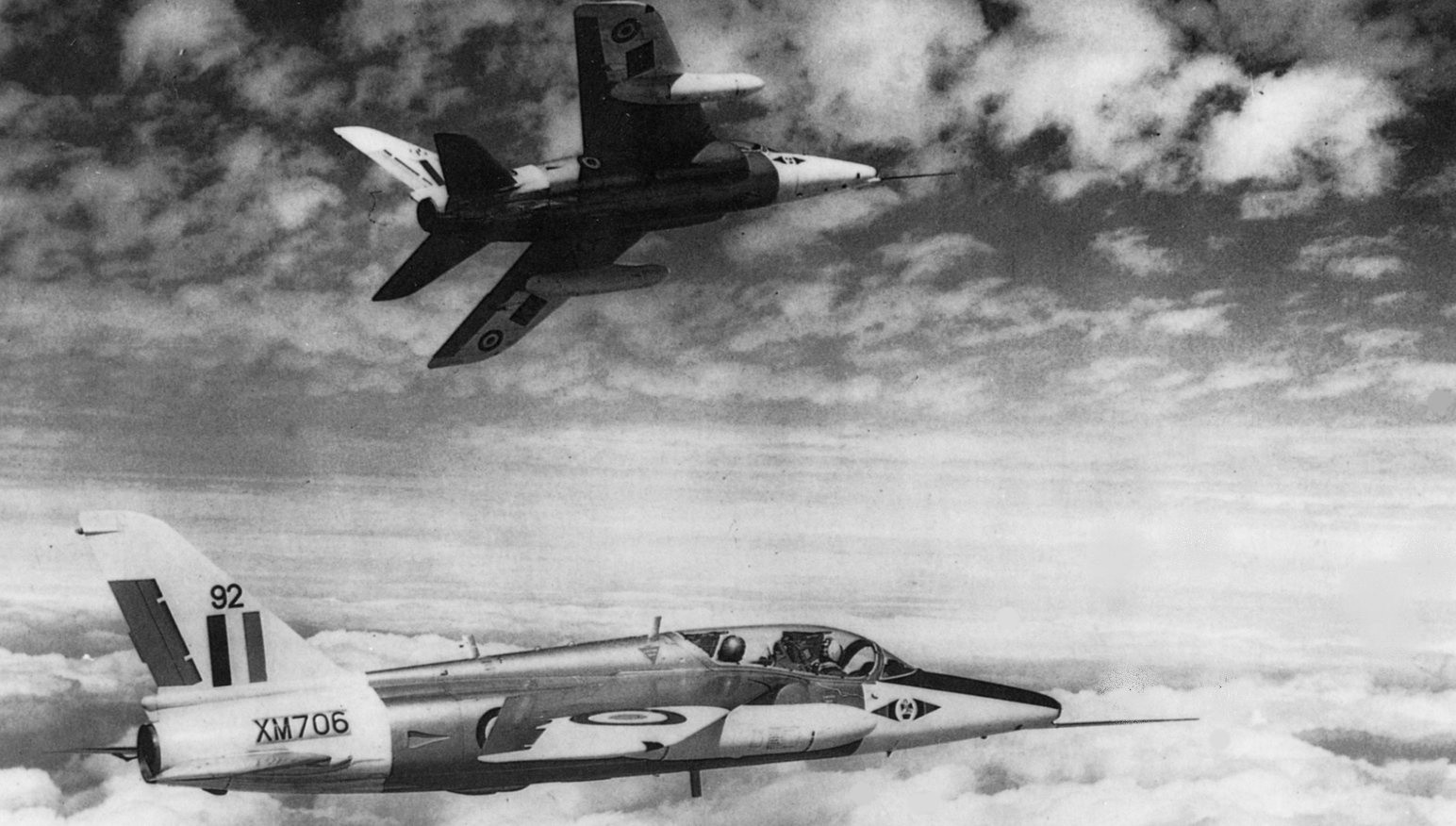
During the Indo-Pak Wars of 1965 and 1971, the Folland Gnat served under the banner of the Indian Air Force. It proved to be a worth light strike fighter than the Pakistan Air Force’s F-86 Sabres. In fact, the kill rate of Folland Gnat in dogfights against F-86 Sabres earned it the nickname Sabre Slayer.
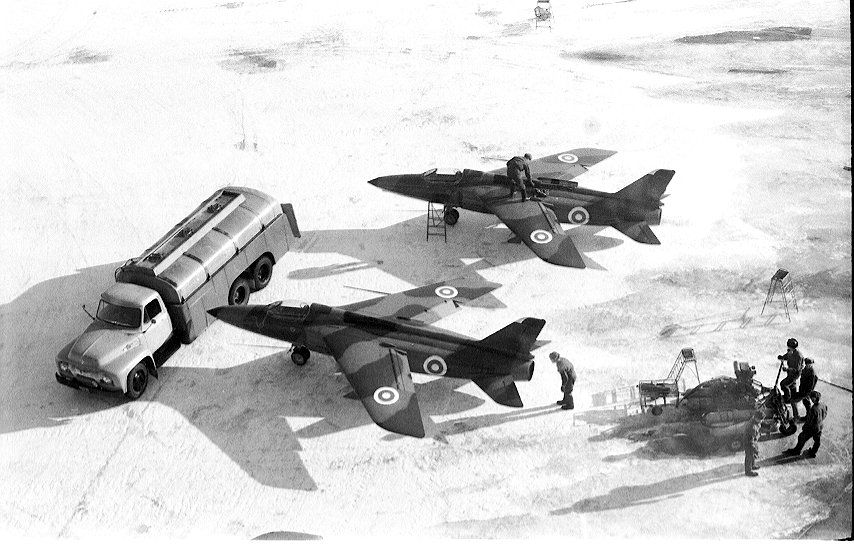
One of the IAF’s Folland Gnats that was piloted by the Squadron Leader Brij Singh Sikand landed in the Pakistani Airfield and was captured by the military of Pakistan. It is currently held as a war trophy in the Pakistan Air Force Museum located in Karachi.
Total number of Folland Gnat produced:-
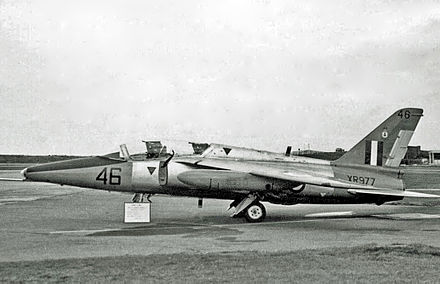
Only a few variants of the Folland Gnat were created and the total number of this aircraft produced reached only 449. Production was mostly carried out by Folland Aircraft in the UK and Hindustan Aircraft Limited (HAL) in India.
Other Operators:-

Other than the United Kingdom, other operators of the Folland Gnat are as follows.
- India
- Yugoslavia
- Finland
Finland had 13 of these Gants in fighter roles of which 2 were sued for reconnaissance roles. Yugoslavia only exported 2 of these aircraft for their evaluation reasons. Major Lauri Pekuri of the Finnish Air Force holds the credit for being the first Finnish pilot to break the speed of sound barrier while flying inside a Gnat.
Nicknames:-
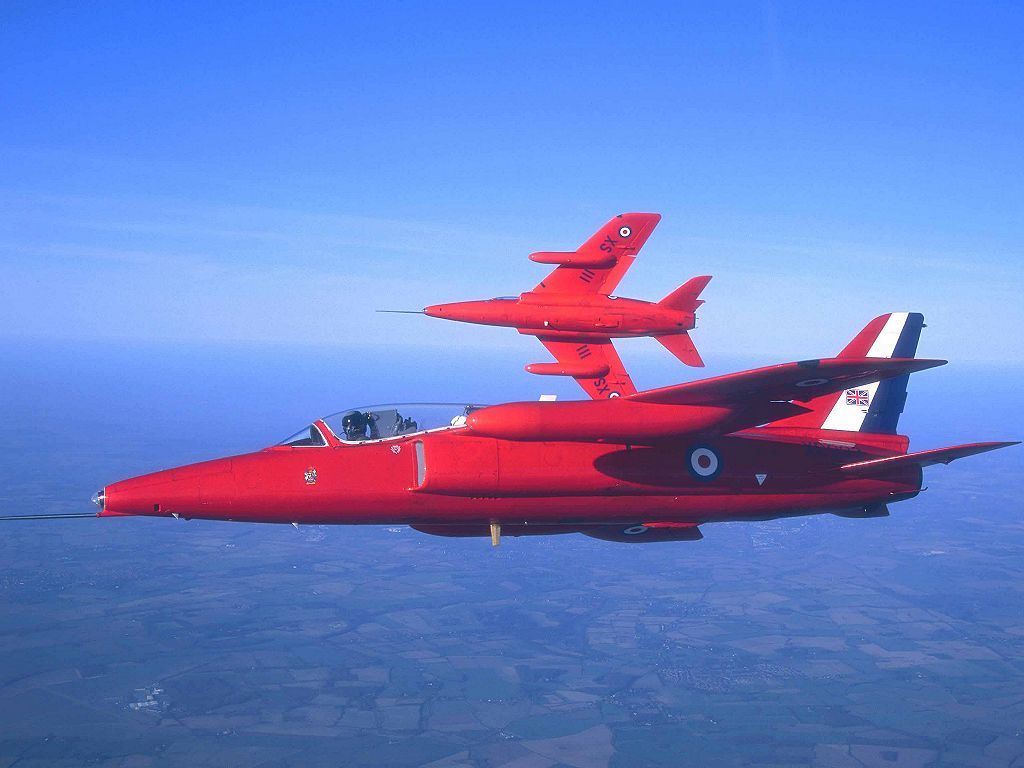
The Gnat had two prominent nicknames during the course of its service with its operators.
- Sabre Slayer
- Pocket Fighter
Retirement:-
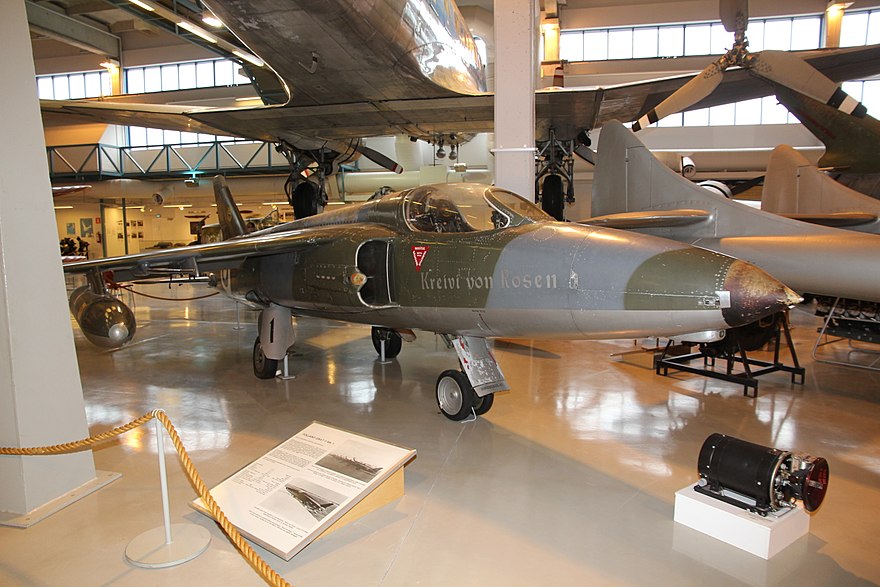
The primary operator of the Folland Gnat; UK retired its fleet of Folland Gnats back in 1979. They repealed it with the Hawker Siddeley Hawk.
Related Content
Interesting facts about the de Havilland Vampire; The Second Jet Fighter of British RAF
Interesting facts about the Hawker Sea Hawk; The Royal Navy’s First Jet Fighter
Amazing facts about Supermarine Scimitar; The British Naval Fighter

